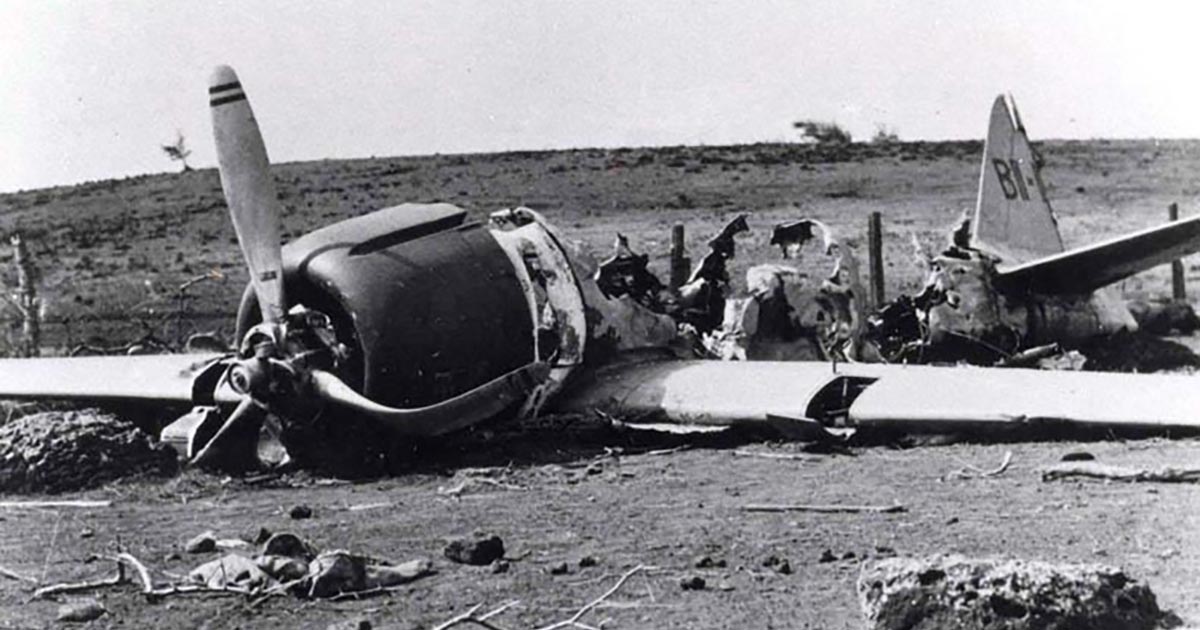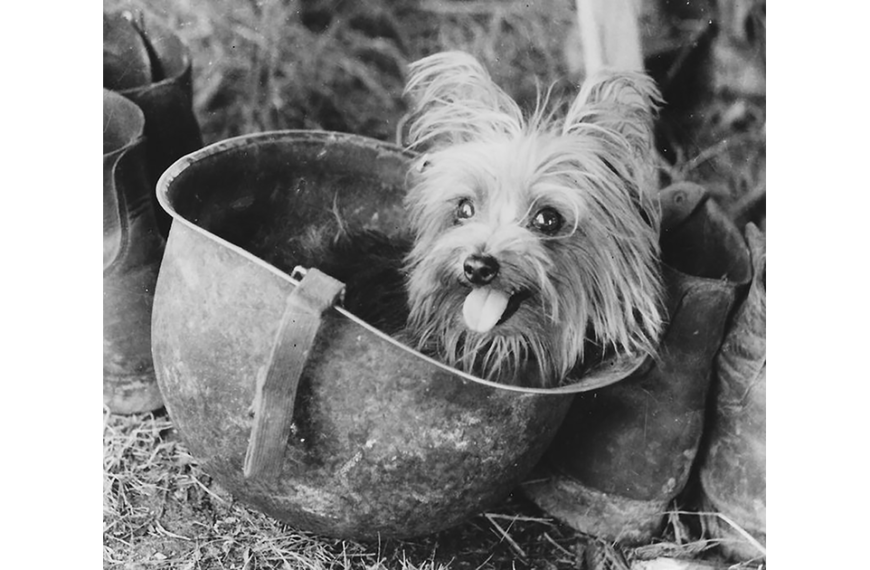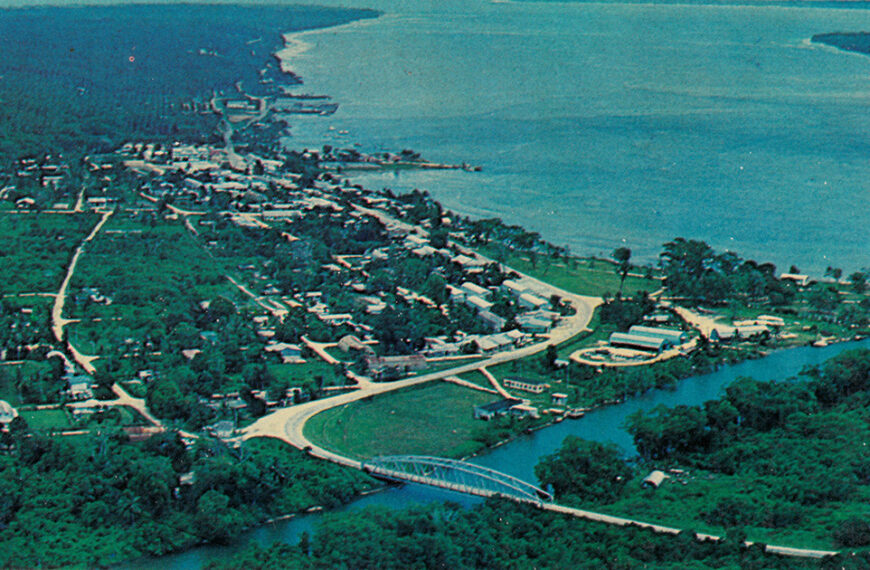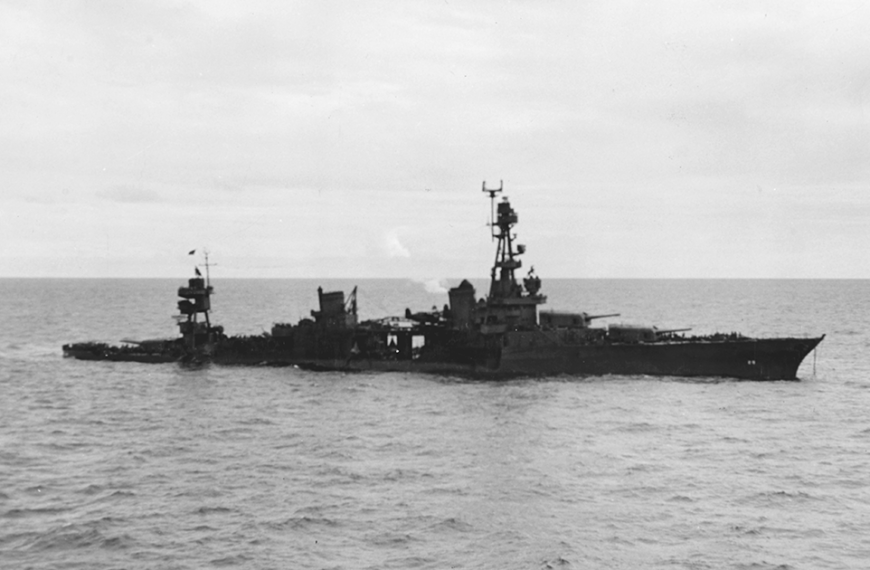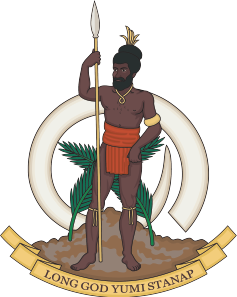Following the surprise attack on Pearl Harbour on December 7, 1941, Airman First Class Shigenori Nishikaichi, who had taken part in the second wave of the attack, was having serious mechanical problems with his A6M2 Zero aircraft.
Prior to the Pearl Harbour attack, the Imperial Japanese Navy had determined that a number of islands around Hawaii were uninhabited. Should any aircraft be damaged in the raids on Pearl Harbour, they could land on one of the islands and await rescue by submarine. Niʻihau was one of those islands.
At this time, Kaleohano, and in fact all the residents of Niʻihau, were unaware of the attack at Pearl Harbor, but knew from newspapers that the relationship between the U.S. and Japan was not good, to say the least.
Kaleohano however, recognised Nishikaichi and his plane as Japanese and while the pilot remained dazed from his landing, Kaleohano seized Nishikaichi’s pistol and papers. At the same time, everyone who had now gathered at the crash site treated Nishikaichi with courtesy and traditional Hawaiian hospitality, even throwing a party for the Japanese pilot later that afternoon.
As the Hawaiians could not understand Nishikaichi, who spoke only Japanese, they sent for Ishimatsu Shintani, who was married to a native Hawaiian, to translate.
Shintani was briefed on the situation prior to speaking to the Japanese pilot and exchanged very few words with him before leaving with no explanation. The Hawaiians then sent for Yoshio Harada, who was born in Hawaiʻi but was of Japanese ancestry, and his wife Irene, who were the last of the Niʻihau population of Japanese ancestry on the island.
Nishikaichi told Harada of the attack on Pearl Harbour, but Harada chose not to share the information with the Hawaiians gathered nearby. At that point the Haradas decided to help Nishikaichi escape. But first they had to retrieve his papers, which Kaleohano refused to return.
News of the attack on Pearl Harbour finally reached the island by radio and the locals confronted Nishikaichi and this time Harada translated what was said about the attack.
Nishikaichi was taken to the Harada’s house and a guard posted on the residence. Later that night Harada and the Japanese pilot attacked the lone guard, while Irene Harada played music on a phonograph to hide the sounds of the struggle with the guard..
After a brief confrontation, Harada stole a shotgun and Nishikaichi got his service pistol back. They then headed to Kaleohano’s house to get the pilot’s secret documents back. Kaleohano happened to be in his ‘outhouse’ at the time when he saw the two men frog-marching the 16 year old guard towards his home.
When he thought they weren’t looking Kaleohano ran from the outhouse. Harada and Nishikaichi fired at him, missing him but alerting locals in a nearby village. Kaleohano told them to evacuate, but they didn’t believe his far-fetched story. That was until the young guard escaped and ran to the village. Soon the residents fled to caves, bushes and distant beaches on the island.
With Kaleohano fleeing into the jungle, Nishikaichi, Harada and one of their Hawaiian captives, then removed one of the plane’s two 7.7-mm belt-fed machine guns and some ammunition. They torched the plane and proceeded back to Kaleohano’s house. Thinking the top secret papers which included maps, radio codes and Pearl Harbour attack plans were probably inside, they set fire to the house.
Ben and Ella Kanahele who stopped Nishikaichi from escaping. Photo timeline.com
On Saturday December 13, Harada and Nishikaichi captured Benehakaka “Ben” Kanahele and his wife Kealoha “Ella” Kanahele. They ordered Kanahele to find Kaleohano, keeping Ella as a hostage.
Kaleohano however was rowing toward Kauaʻi with five others. Ben knew of their escape plan and pretended to look for him. He soon became worried about Ella and returned, telling Nishikaichi that he could not locate Kaleohano.
Nishikaichi realised what was going on and knew Ben was lying to him. Harada told Kanahele that Nishikaichi would kill him and everyone in the village if Kaleohano was not found immediately.
Soon Kanahele and Ella, started to see fatigue in their two captors and as Nishikaichi handed the shotgun to Harada, the Kanaheles jumped them.
Nishikaichi went for his pistol that was in his boot. Ella grabbed his arm forcing it down as Harada pulled her off the Japanese pilot. He then shot Ben Kanahele in the groin, stomach and upper leg.
Remarkably, Ben was still able to pick up Nishikaichi and hurl him into a stone wall, knocking him unconscious. Ella then bashed his head with a rock, killing him. Harada turned the shotgun on himself and committed suicide.
After the incident, Ella Kanahele went for help. Ben Kanahele was taken to Waimea Hospital on Kauaʻi to recuperate and was awarded the Medal of Merit and Purple Heart. However, Ella did not receive any official recognition for her brave efforts.
What’s left of the crashed aircraft now resides in the Pacific Aviation Museum in Pearl Harbour.
On December 14, military investigators, the six Hawaiians who had rowed to Kauaʻi, and the owner of the island, Aylmer Robinson arrived back on Niʻihau. The pilot’s papers, including local maps, money and other items for use if forced down, were turned over and the crashed Zero was examined and eventually recovered.
